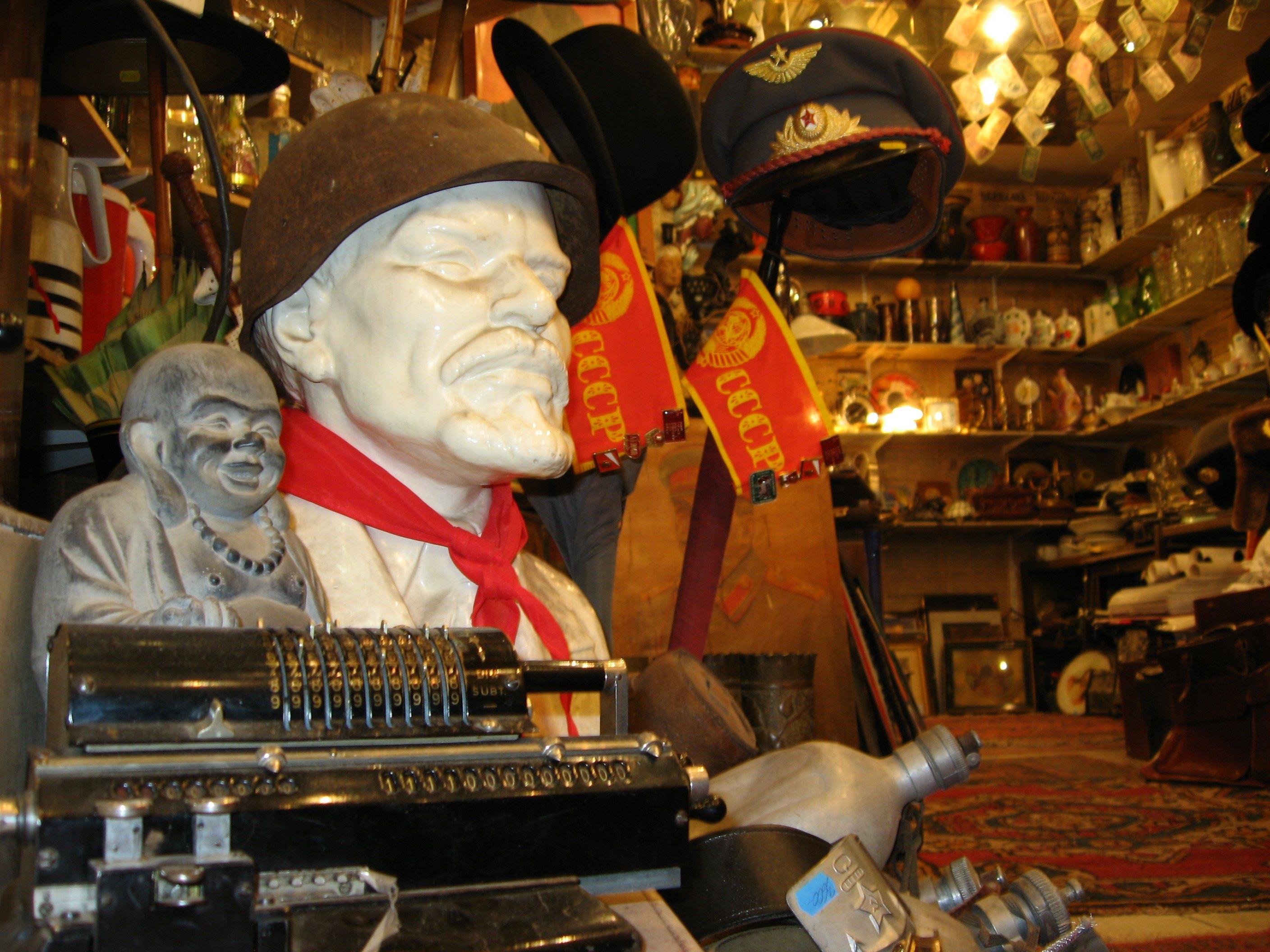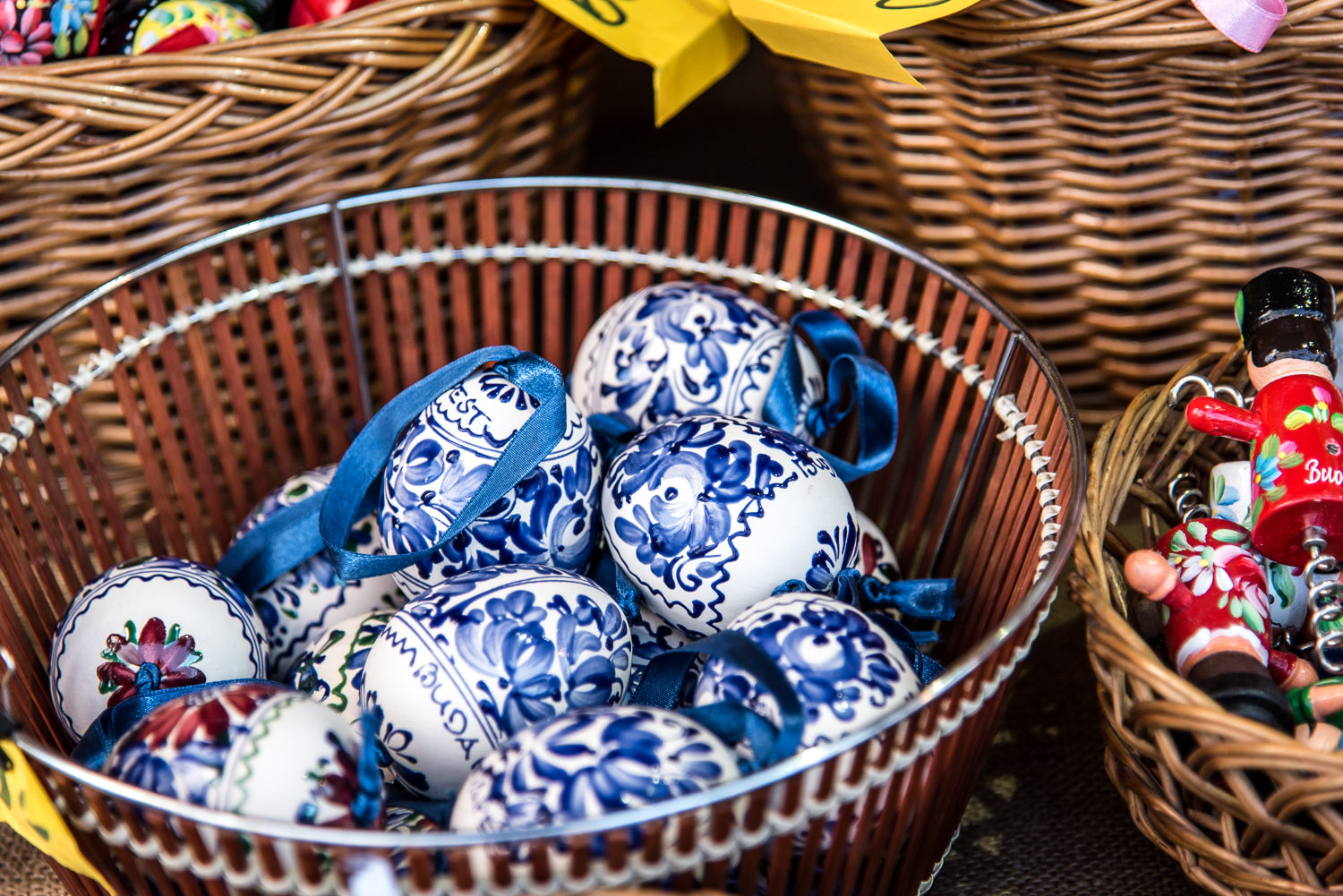1/5
Museums
After Hungary’s occupation by Russia’s Red Army in the concluding months of World War II, the nation remained under direct control of the Kremlin until regime change finally arrived in 1989 (aside from during the all-too-brief 1956 Revolution). These decades of Soviet-dominated history are amply chronicled at several Budapest museums – the House of Terror displays the era’s darkest aspects within the building once occupied by the country’s communist secret police; the Hospital in the Rock shows what it was like inside a Soviet-era bunker; and the Budapest History Museum has an extensive permanent exhibit of life in the city from 1945 to 1989.
2/5
Statues
During Hungary’s communist era, state-sponsored sculptures popped up across Budapest and nationwide, usually celebrating working-class heroes or Russia’s WWII victory – and while most of these statues were taken down after the regime change (with many of the biggest of them now on view in Memento Park), some stone-and-metal artworks of those years are still prominently standing. The most famous of them all is the Liberation Monument atop Gellért Hill (pictured), now internationally recognized as an iconic symbol of Budapest; meanwhile, still features a controversial obelisk bearing the Soviet hammer-and-sickle symbol.
3/5
Antique shops
Genuine artifacts from Hungary’s communist times are available in several Budapest antique shops, ranging from tiny trinkets (like star-shaped medals for dedicated workers) to oversized mementos such as busts of Marx and Lenin. Just steps away from Blaha Square, Antik-Bazár features a colorful hodgepodge of comrade-worthy collectibles like discontinued currency, propaganda posters, and military regalia; a similar stock awaits at the Nosztalgia Bazár near the . However, the best source of Red-tinted antiques is probably the , where the ever-changing secondhand collection contains unpredictable surprises.









